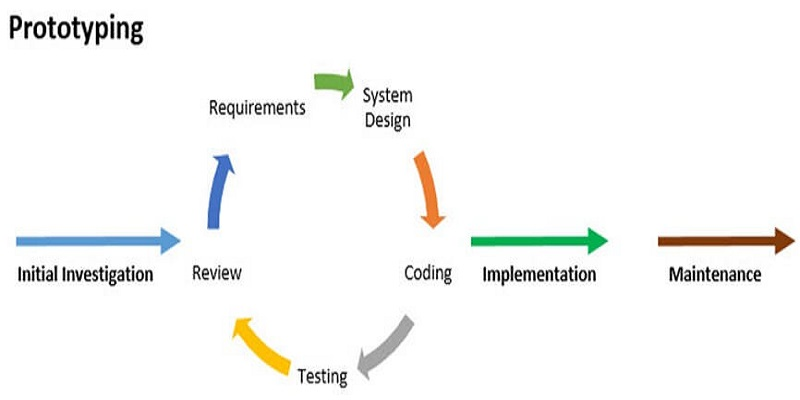Posted on Dec. 26th, 2018 | By Hailey, WayKen Marketing Manager
The product development process usually starts up with the design process and leads up to the prototype development process. Creating a prototype is an essential step in the development of new products or technology. It is a physical representation of conceptual design which is used to illustrate and verify various aspects of it.
A prototype can be anything from a simple hand-made model to fully operational representation of how the conceptual design will look like and work in the real world conditions. With the development in the field of rapid prototyping, it is quite easy for the manufacturers to create a prototype in lesser time and to verify the design. This prototype helps to convince the customers and increasing the market of the product.
Rapid Prototyping Techniques
From reducing the cost to increase the efficiency, rapid prototyping techniques are making an impact in the industries. Rapid prototyping is a set of techniques, used to create the physical prototype or product in lesser time as compared to other manufacturing techniques. Rapid prototyping has made the prototype development process easier, accurate and less time-consuming. The fabrication of product is usually done by 3D printer or other additive layer manufacturing technology by utilizing the CAD model data.
CNC machines are also being used these days to convert the 3D model into a physically existing model. The model data must represent a valid geometry for rapid prototyping. The difference between a 3D printer and CNC machine is basically marked by the material used for the prototype development process and the tools being used. Furthermore, 3D printer occupies much lesser space as compared to conventional subtractive tool room methods such as CNC milling, lathe and precision grinding making it much favorable option for the manufacturers. The availability of modeling software is also playing a key role in the increased usage of these rapid prototyping techniques. This new software has a user-friendly interface which makes it easy for the domestic as well as industrial users to model a 3D model of the product.
When it comes to rapid prototyping, these technologies are commonly being used for prototype development:
- 3D printing (3DP)
- Shape deposition manufacturing (SDM) (and Mold SDM)
- Solid ground curing (SGC)
- Selective laser sintering (SLS)
- Selective laser melting (SLM)
- Stereolithography (SLA)
- CNC machining
- Ballistic particle manufacturing (BPM)
- Directed light fabrication (DLF)
- Direct-shell production casting (DSPC)
- Fused deposition modeling (FDM)
- Laminated object manufacturing (LOM)
- Laminated resin printing (LRP)
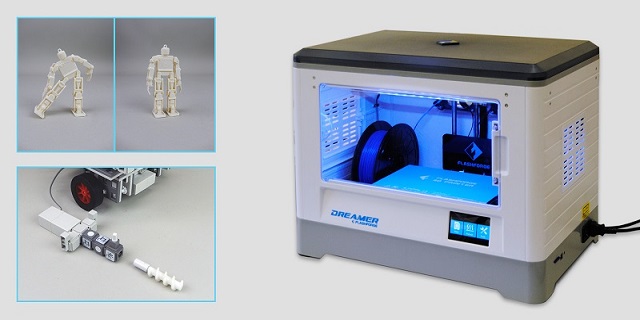
Prototype Categories
A prototype may be categorized by the conceptual design and the final product being developed
1. Working Prototype
A working prototype is developed such that it represents nearly all of the features and functionality of the final product.
2. Visual Prototype
A visual prototype represents the shape, dimensions, and appearance of the conceptual design but is not intended to depict the functionality of the final product. This prototyping development process is easier than the previous process.
3. User Experience Prototype
It is developed such that it represents enough details of the final prototype that are supposed to be used for further research work being carried out
4. Functional Prototype
A functional prototype and working prototype are similar prototype development processes except with the difference that functional prototype might be created with a different technique and different scale from the actual product.
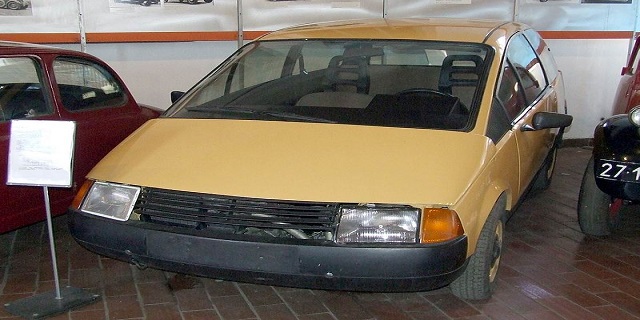
Importance of Prototype Development Process
The prototype development process is an important part of product development. A prototype developed from the conceptual design helps to determine many factors of the final product which are described below.
1. Evaluation and Testing of Design
By creating a prototype, the design may be evaluated in real-world conditions so that evaluation of different parts can be done. This enables the manufacturer to determine which part of the design needs to be discarded or revised that on paper weren’t possible. The manufacturer is also able to test the product in real-world conditions along with evaluation before going into the production phase.
2. Determination of Production Cost and Issues
The development of a prototype before actual production enables the manufacturer to take a glimpse and determine whether the production process needs any changes or not. This enables to keep the production cost minimum. Furthermore, any difficulty in the production process can be determined which enables the manufacturer to choose the optimal method of production that will cost him least and is error free.
3. Sale of the Product
A prototype will attract more customers rather than conceptual design. It far easier to sell a product with a prototype as compared to conceptual design as it is difficult to explain the design to every customer. When the customer is taken into consideration during the prototype development process, it enables the manufacturer to edit any part of the design according to the customer which is not possible once the product is developed.
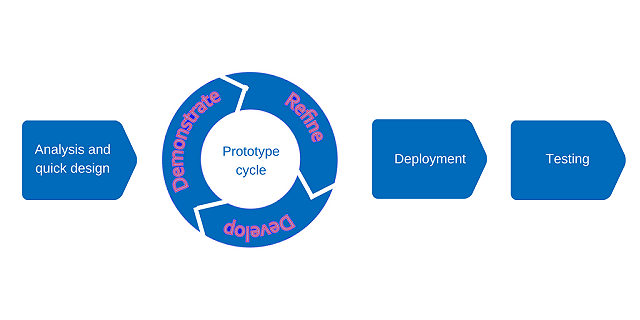
Difference between Prototype and Actual Product
Although the engineers and developers try their best to minimize the differences between the prototype and the actual product. But in general, a prototype may differ the actual product in terms of the material used, the machining process, appearance etc.
The material used for the final product is expensive and difficult to fabricate, so a prototype is usually made up of material which is easy to fabricate but with a material whose properties are identical to that of the final product. In some cases, the material used for the final product is not available so the prototype is made up of identical material. The difference in the material may change the appearance and finishing of the final product as compared to the prototype.
Final products often are to be produced in large numbers so the manufacturing process may differ, where the final product is often developed by some mass production method which is cost effective and time-saving. This manufacturing process cannot be often used for the prototype as the material often is not the same. Moreover, fabrication processes of final product might be complex so the prototype is often produced using some simple technique. This also may lead to a difference in the appearance of the final product and prototype.
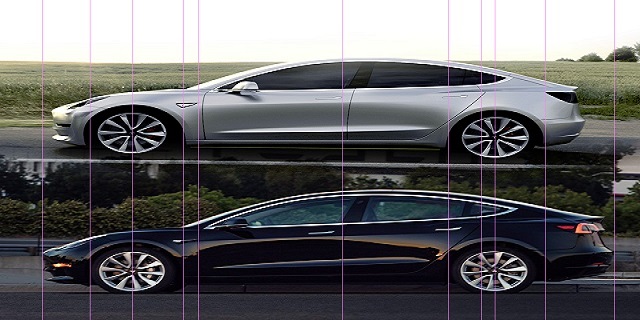
Concluding Remarks
It is evident that the prototype development process is an essential part of the industry. With the prototype, many errors in the conceptual design are reduced which would have caused many problems during the product development process. There might be differences between the prototype and the actual product but the actual purpose of the prototype is fulfilled in every case and it aids in the product development in many ways as described above.
WayKen is a company that specializes in rapid prototyping and low-volume manufacturing of plastic and metal parts. We provide a one-stop shop from prototype to production, so you can get your product to market quickly and efficiently. If you are looking for a prototype manufacturer for your project, feel free to contact us.

